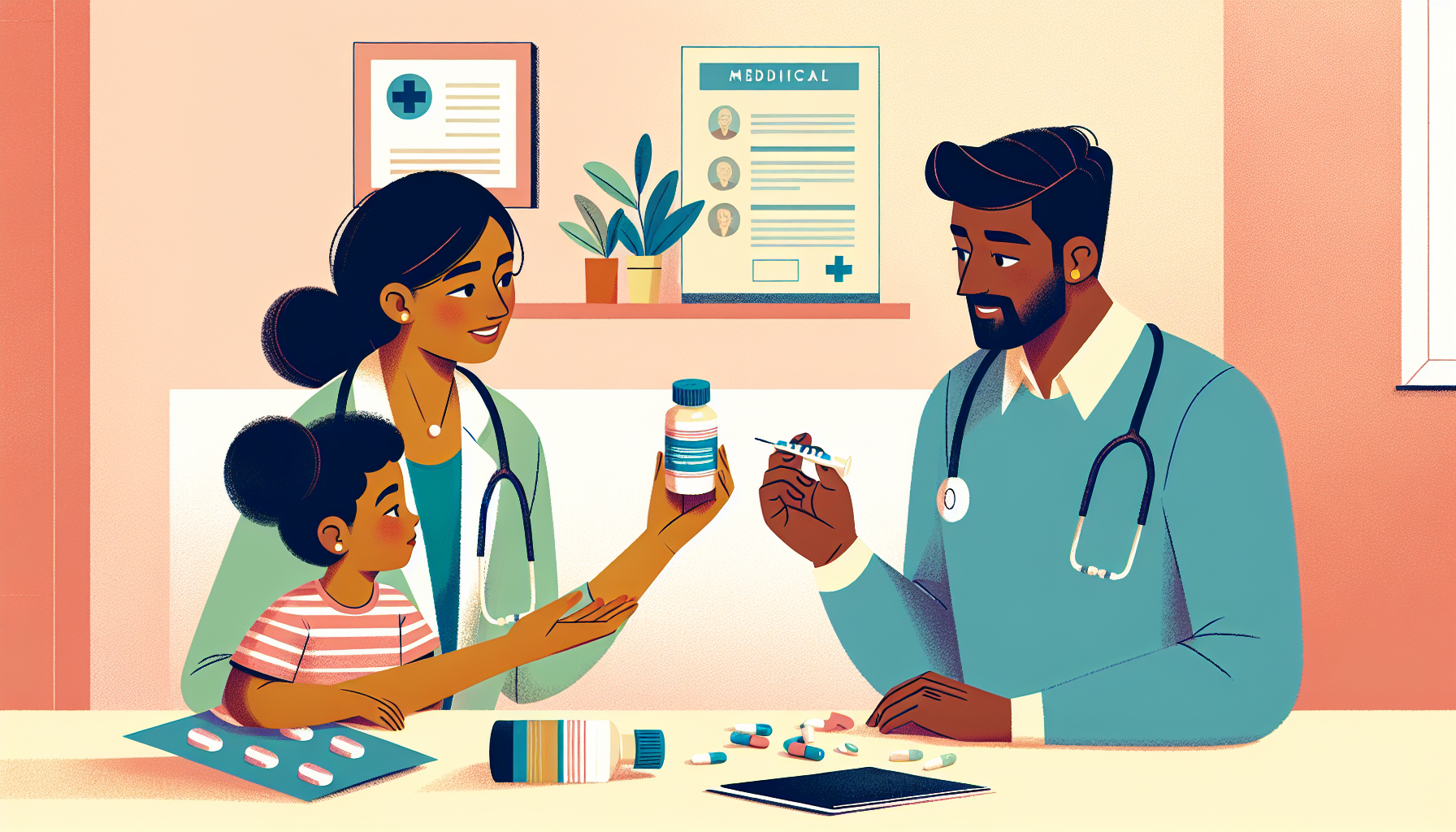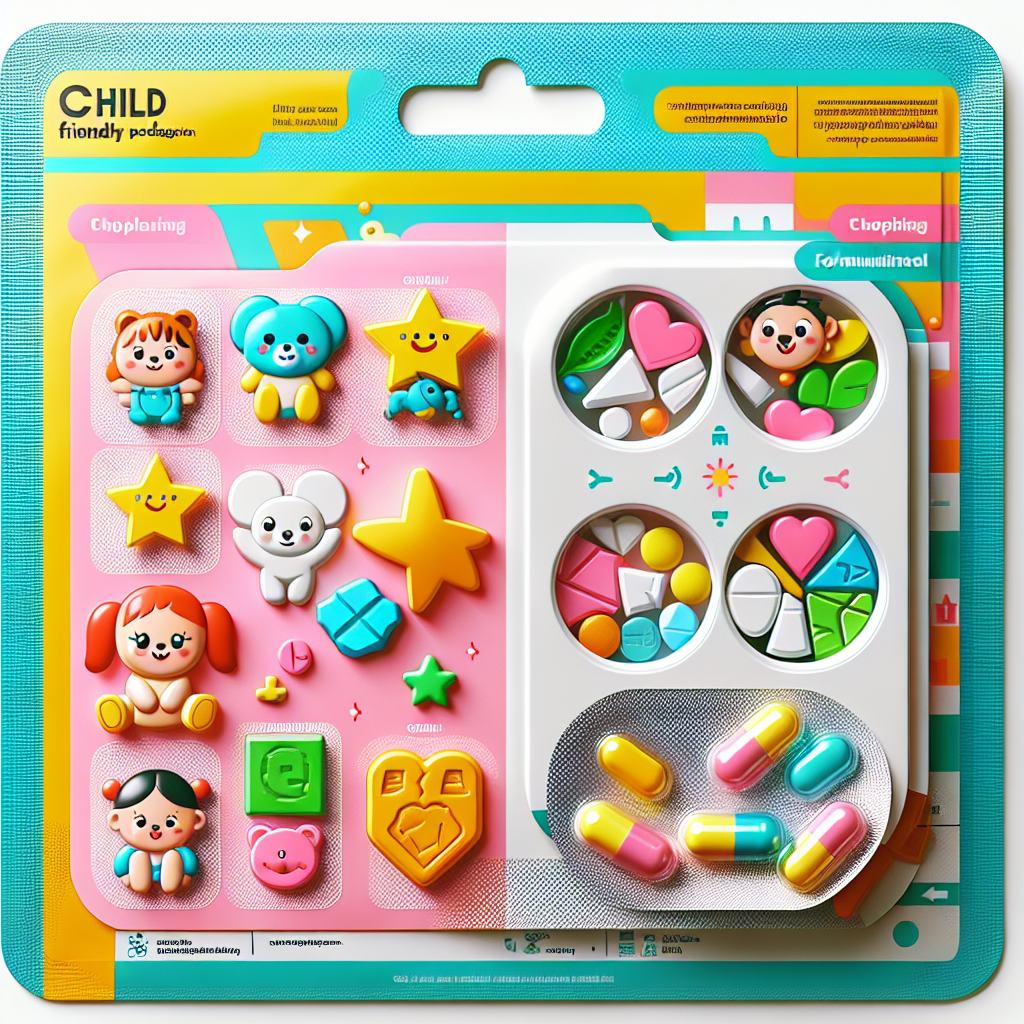Ensuring the safety of medications in pediatric care is a complex and multifaceted challenge that healthcare providers and parents alike face. While adults often have a plethora of information and resources at their disposal to understand their medications, the same level of detail and accessibility is not always available for pediatric patients. This article will delve into the principal challenges of medication safety in pediatric care and outline practical strategies to enhance safety and efficacy.
Understanding Pediatric Medication Safety
Medication safety in children is not merely a scaled-down version of adult medication practices. Children, ranging from neonates to adolescents, represent a dynamic group with distinct physiological and developmental characteristics that influence how medications affect their bodies. The complexity of dosing, the lack of pediatric-specific medication formulations, and the potential for adverse drug reactions are just the tip of the iceberg when it comes to the challenges faced in this area of healthcare.
The Unique Physiology of Children
One of the most significant factors in pediatric medication safety is the consideration of a child’s unique physiology. As children grow, their metabolism, organ function, and body composition change, affecting how they absorb, distribute, metabolize, and excrete medications. For instance, newborns have immature liver and kidney function, which can lead to slower medication breakdown and elimination, necessitating careful dosing and monitoring.
To further understand the impact of medication on a child’s developing body, healthcare providers can refer to resources on brain health, which offer insights on how medications can affect cognitive and neural development in pediatric patients.
Dosing and Formulations
Dosing accuracy is paramount in pediatric care. Unlike adults, where a standard dose is often applicable, children require doses carefully calculated based on their weight and age. This precision is critical to avoid underdosing, which may lead to therapeutic failure, or overdosing, which can cause toxicity. Moreover, many medications are not available in suitable pediatric formulations, making it necessary to manipulate adult formulations, which can lead to errors in dosing.
Addressing the Challenges
To improve medication safety for children, healthcare providers, pharmacists, and parents must collaborate and employ various strategies. These strategies span from enhancing medication formulations and labeling to education and policy improvements.
Specialized Pediatric Formulations
Pharmaceutical companies are increasingly recognizing the need for pediatric-specific medication formulations. These formulations consider not only appropriate dosing but also child-friendly modes of delivery, such as liquid suspensions or chewable tablets, which are easier for children to take.
Clear Labeling and Instructions
Clear and precise labeling on pediatric medications can greatly reduce the risk of dosing errors. Instructions should be straightforward, using layman’s terms, and include visuals or diagrams when possible. Dosage devices, such as oral syringes or dosing cups, should be provided with medications and feature clear markings to ensure parents can measure doses accurately.
Education and Training
Healthcare providers must have specialized training in pediatric pharmacology. Additionally, educating parents and caregivers on medication administration, side effects, and the importance of adherence to dosing schedules is crucial.
For a deeper understanding of the importance of medication adherence, particularly in chronic conditions, readers can explore articles on the role of medication in cardiovascular health.
Technology and Tools
Advancements in technology offer promising avenues for improving medication safety. Electronic prescribing systems can help reduce errors by providing weight-based dose calculations and flagging potential drug interactions. Mobile applications can also assist parents in tracking dosing schedules and provide reminders.
Advocacy and Policy
On a broader scale, advocacy for more rigorous testing and approval processes for pediatric medications can lead to safer therapeutic options for children. Policymakers and healthcare organizations should work together to prioritize pediatric medication safety in both policy and practice.
Integrating Strategies for Comprehensive Care
The integration of these strategies requires a collaborative effort that spans across various sectors of the healthcare system. From research and development to clinical practice and home care, every stakeholder plays a vital role in ensuring the safe use of medications in pediatric patients.
Collaborative Healthcare Teams
A multidisciplinary approach that includes pediatricians, pharmacists, nurses, and other healthcare professionals is essential in developing comprehensive medication plans for pediatric patients. These teams can work together to review medication regimens, monitor for side effects, and adjust dosing as necessary.
For further reading on creating safe supplement combinations that may accompany medications in pediatric care, readers can refer to the article on strategies for safe supplement combination.
Parent and Caregiver Involvement
Parents and caregivers should be considered key members of the healthcare team. Open communication with healthcare providers, asking questions, and understanding the reasons behind medication choices empower caregivers in the decision-making process.
Continuous Monitoring and Review
Pediatric medication safety is not a one-time event but an ongoing process that requires regular review and monitoring. As children grow and their health conditions evolve, medication regimens may need to be adjusted. Regular check-ups and open communication lines with healthcare providers ensure that any issues are promptly addressed.
External Resources for Further Reading
For those seeking additional information on pediatric medication safety, several high-quality, niche resources are available:
- Pediatric Medication Safety and Polypharmacy: Opportunities for Impact – A comprehensive article discussing the impact of polypharmacy on pediatric medication safety.
- Safe Dosing for Pediatric Patients – A research paper on the challenges of dosing in pediatric care and strategies for improvement.
- Clinical Pharmacology & Therapeutics: Pediatric Drug Development – Insights into the process of developing drugs specifically for pediatric patients.
Conclusion
Medication safety in pediatric care is a critical issue that demands attention and action. By understanding the unique challenges that children present, and implementing targeted strategies, healthcare providers and caregivers can vastly improve the safety and effectiveness of medications for our youngest patients. As research progresses and technology advances, the potential to further enhance pediatric medication safety is promising, ensuring that children receive the care and treatment they need to thrive.



